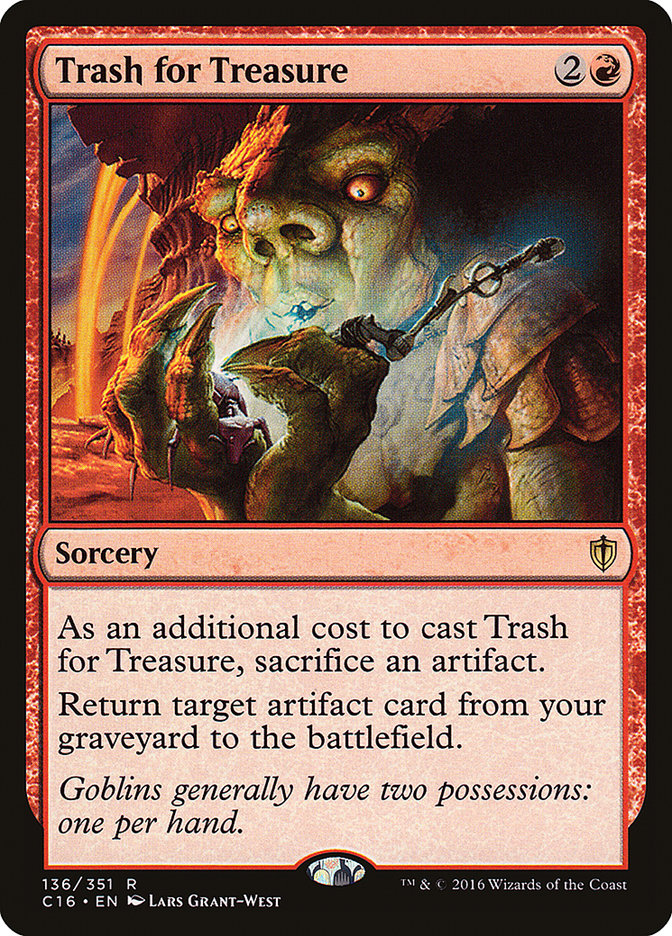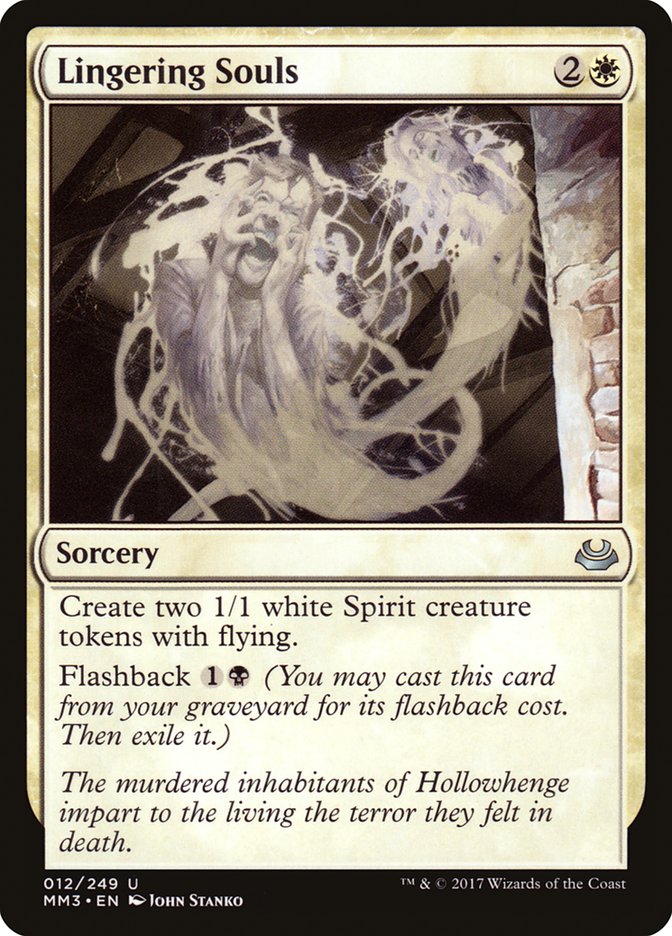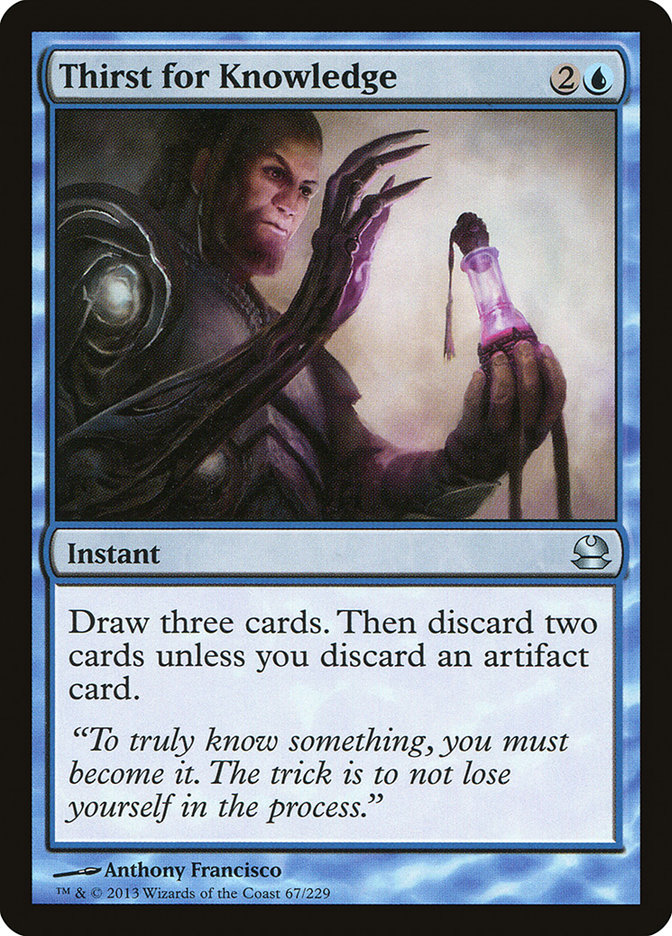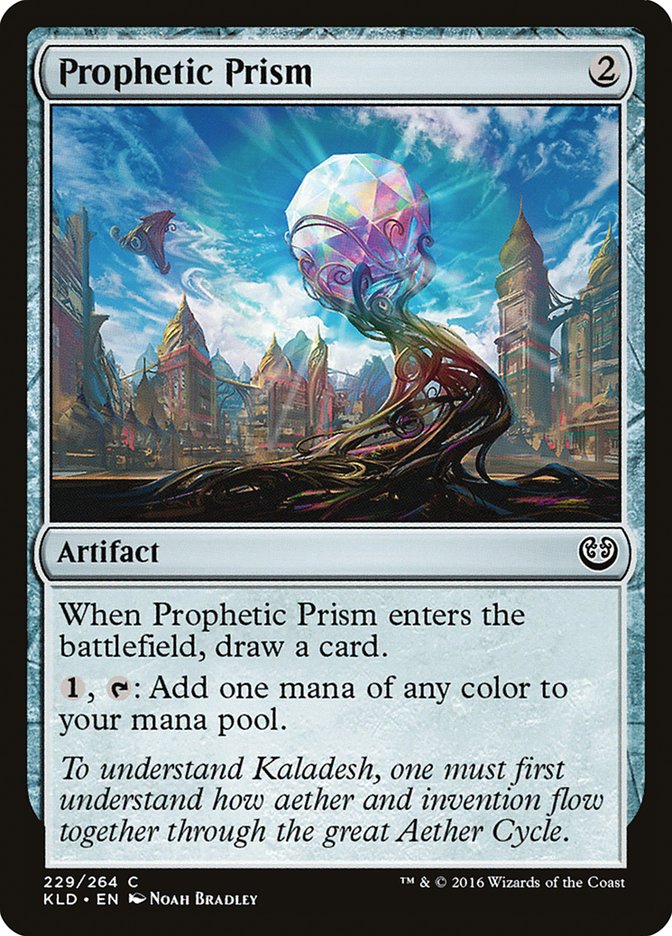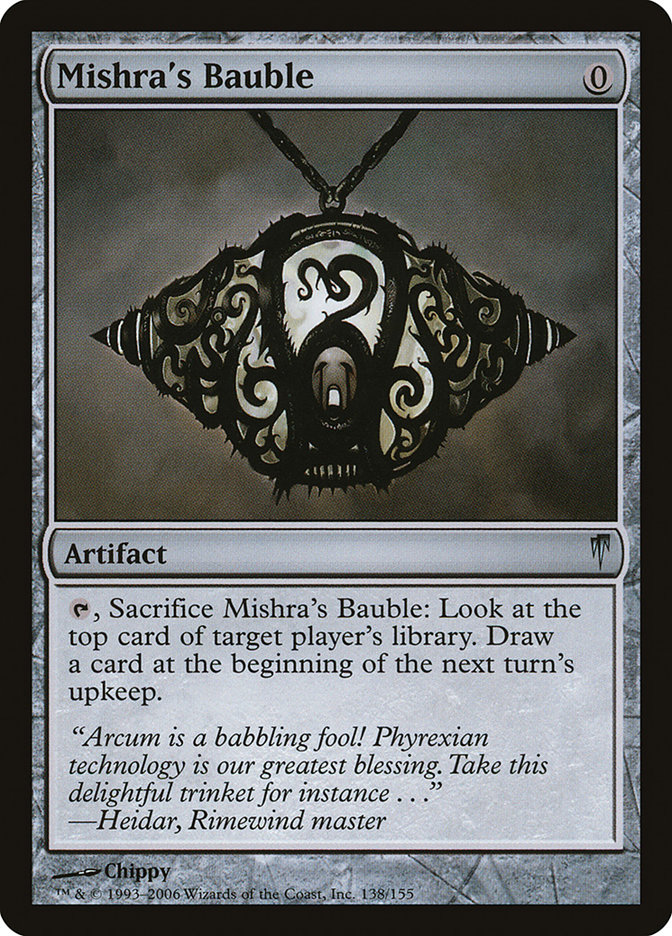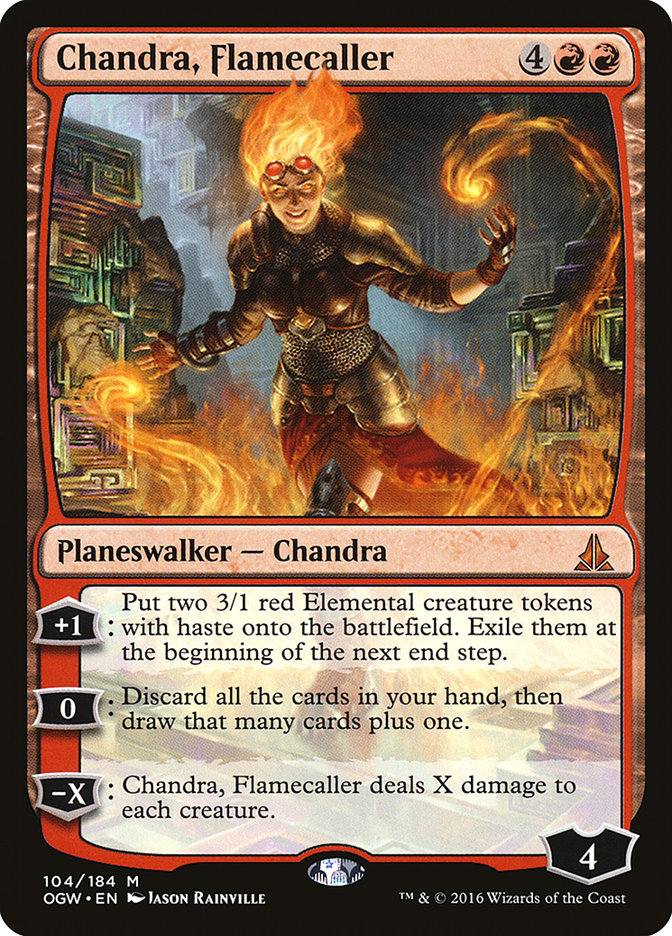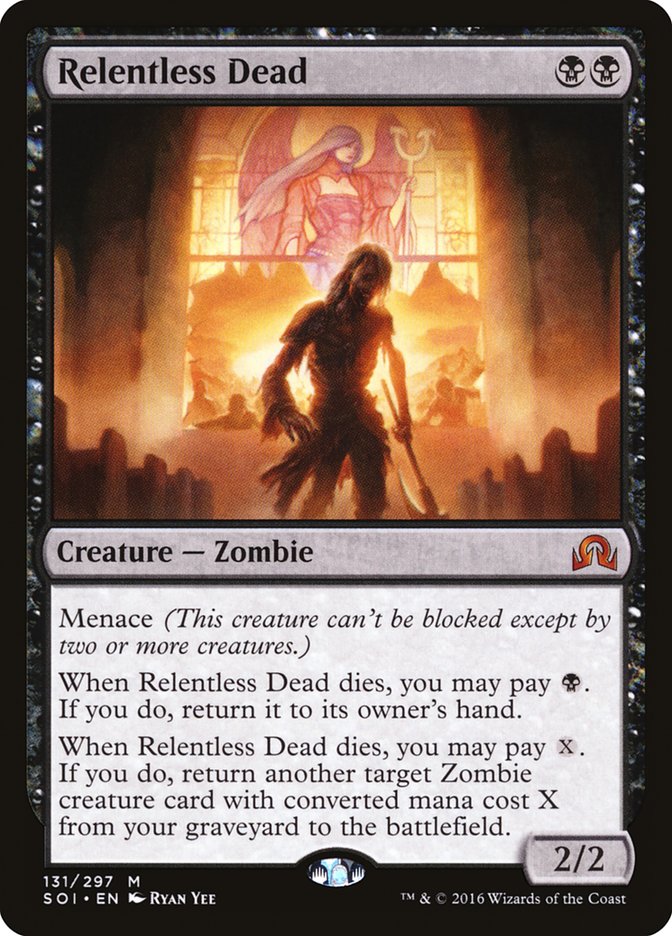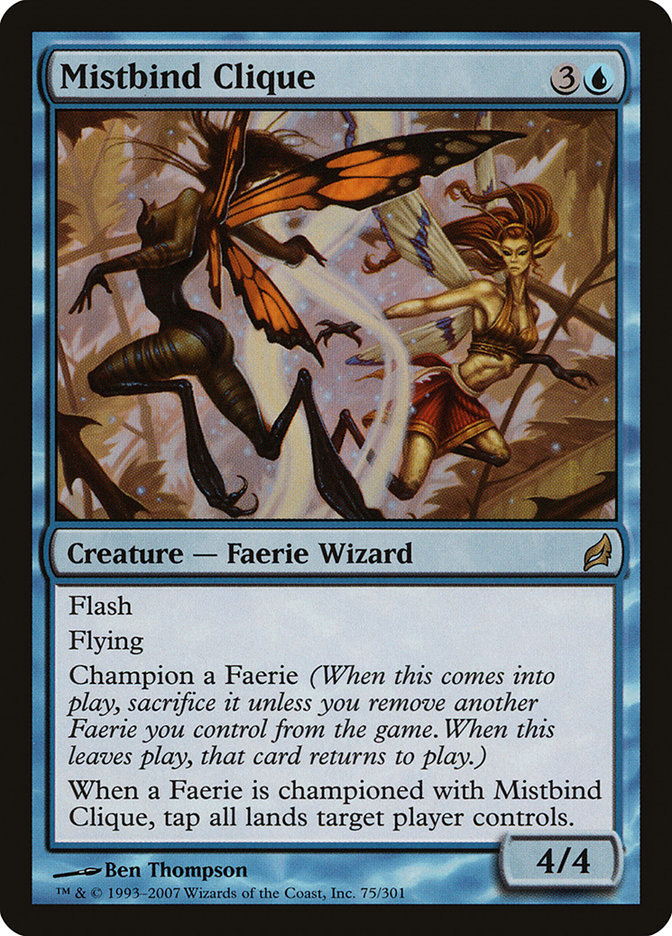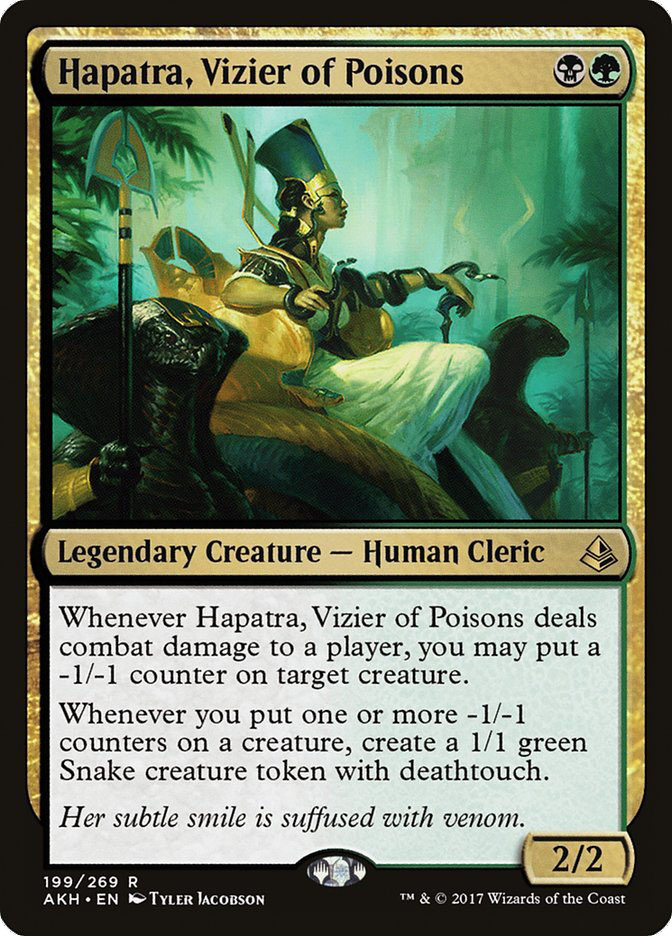When I moved across the country, one of the most intimidating tasks was cleaning out my closet. Between all the boosters I’ve opened and all the collections I’ve bought, there were more than a hundred thousand cards stuffed away in there. They were all commons and uncommons, sure, but some hadn’t been picked through in years. I knew all that bulk was dripping with value…if I could harvest it.
Bulk is tricky. On one hand, there was a lot of untapped value locked away in those cards. On the other, I knew that 99% of it was valueless dreck like Thallid Devourer and Armor Thrull. Looking up the value of each card was a fool’s errand, but so was selling them all as a big lot without going through them at all. I was at a bit of a loss.
You might not have that many cards sitting around, but I bet most of you have a couple of long boxes filled to the brim with bulk. And yeah, these stacks might not add up to that Tarmogoyf you’ve been eyeing, but every little bit helps, right? Picking through it might not be the most glamorous job, but it does make for a fun (and profitable!) afternoon if you know what you’re doing. Take it from me: get the task done now. Don’t wait until the next time you move.
The most important part of pawing through bulk? Saving time. Don’t forget that there is a real opportunity cost to every hour you spend flipping through Icatian Javelineers, and grinding out every last nickel is usually inadvisable. If the minimum wage is $8/hour in your city, why spend the next hour searching out a few five-cent cards? It doesn’t make sense unless you’re also having a really good time. I like to watch cartoons while I buylist my bulk.
A quick aside: some of you, understandably, are probably averse to the concept of using a buylist at all. If you’re not used to it, it can be shocking the first time you realize that your $9 card is only “worth” $3 or $4. Personally, I almost never buylist cards that are hot at the trade tables—the latest Standard staples, fetchlands, Lion’s Eye Diamond—because it’s easy enough to find an interested party on my own. But are you really going to carry around twenty extra copies of Ponder or Lightning Rift? Are you going to list those five SP copies of Boros Charm on eBay? For cards like this, sending in a large buylist order is a great way to consolidate that value back in good ol’ moolah. Most buylists offer a store credit bonus, too—I know SCG gives you an additional 25% when you take credit instead of cash. I recommend it.
Anyhow, there are three distinct categories of cards worth pulling. You should decide beforehand how deep you want to get.
Primary Pulls: These are the powerhouse commons and uncommons that stores and sites will almost always buy from you. Many of these cards can be worth more than most of the rares in a given set, though some are just really steady movers at 25 or 50 cents. I always pull these.
Secondary Pulls: These are the commons and uncommons that you’ll almost always be able to find a buyer for, though some buylists won’t include them if they’re full on inventory. Most of these cards sell between ten and 25 cents. Unless I’m in a massive hurry, I always pull these as well.
Tertiary Pulls: These commons and uncommons are usually worthless, but a given store or website may need them to fill out their inventory, so they’ll pay you five or ten cents for a small stack of them. You won’t even know to look for these cards unless you have a specific buylist pulled up while you’re sorting, and if you wait around too long, someone else will fill their need and they’ll disappear from the buylist.
These tertiary pulls are the most tantalizing (who doesn’t want to get a dime for some draft chaff card that nobody else has ever wanted?) but they’re also the most time-consuming to pull. If you’re planning to do all your sorting in a single afternoon, it makes sense to just pull up your two or three favorite buylists and include these cards. If you’re involved in a multi-day process, forget these for now. We’ll come back to them a bit later.
Once you have a sense of how many cards you’re going to be pulling, it’s worth taking a look at how sorted your bulk is already. Is it sorted by set or rarity at all? Most collections I encounter are at least somewhat sorted, either from previous bulk-searching adventures or from stacks of draft decks being mashed together after a long weekend of Limited events. Sometimes, however, you can end up with weird veins of cards where commons and uncommons from two dozen different sets are jumbled up together. The more of this you have, the harder it’ll be. Set these piles aside until you’ve got a solid workflow going—they’ll be easier later on.
The first thing I like to do is to separate out everything from Return to Ravnica forward. In our current era of Magic, there just aren’t that many commons and uncommons worth buylisting. Instead of searching out each individual card on a buylist, you can use a cheat sheet. Trust me: it goes much faster.
This is my current list of cards worth pulling out of recent sets. Note that I’m not including specialty sets, like Modern Masters and Commander. If you have any of these cards, go through each of them in turn because they tend to have a higher concentration of valuable cards. As for the normal expansions, here’s a quick cheat sheet for you to use:
The Great Bulk Pull Cheat Sheet for Current Prices
Return to Ravnica
Primary Pulls: Sphere of Safety, Vandalblast
Secondary Pulls: Rogue’s Passage, Shrieking Affliction
Gatecrash
Primary Pulls: Boros Charm, Experiment One, Skullcrack
Secondary Pulls: Orzhov Charm, Vizkopa Guildmage, Wight of Precinct Six, Burning-Tree Emissary, Rapid Hybridization
Dragon’s Maze
Primary Pulls:
Secondary Pulls: None
Magic 2014
Primary Pulls: Manaweft Sliver, Shadowborn Apostle
Secondary Pulls: Young Pyromancer, Predatory Sliver, Diabolic Tutor
Theros
Primary Pulls: None
Secondary Pulls: Dissolve, Burnished Hart
Born of the Gods
Primary Pulls: Springleaf Drum
Secondary Pulls: Archetype of Finality, Archetype of Courage, Archetype of Aggression, Archetype of Imagination, Archetype of Endurance,
Journey into Nyx
Primary Pulls: Nyx-Fleece Ram
Secondary Pulls: Solidarity of Heroes, Banishing Light, Eidolon of Rhetoric
Magic 2015
Primary Pulls: Ensoul Artifact, Darksteel Citadel, Reclamation Sage
Secondary Pulls: Venom Sliver, Diffusion Sliver, Leeching Sliver, Radiant Fountain, Ajani’s Pridemate, Stoke the Flames
Khans of Tarkir
Primary Pulls: Monastery Swiftspear
Secondary Pulls: Stubborn Denial, Sandsteppe Citadel, Become Immense
Fate Reforged
Primary Pulls: None
Secondary Pulls: Temur Battle Rage
Dragons of Tarkir
Primary Pulls: Explosive Vegetation
Secondary Pulls: Draconic Roar, Dragonlord’s Servant
Magic Origins
Primary Pulls: Sphinx’s Tutelage, Dwynen’s Elite
Secondary Pulls: Shaman of the Pack
Battle for Zendikar
Primary Pulls: Transgress the Mind, Hedron Archive
Secondary Pulls: Stasis Snare, Zulaport Cutthroat
Oath of the Gatewatch
Primary Pulls: Grasp of Darkness, Void Shatter
Secondary Pulls: Immolating Glare, Reckless Bushwhacker
Shadows over Innistrad
Primary Pulls: Duskwatch Recruiter, Lightning Axe
Secondary Pulls: Lambholt Pacifist, Moonrise Intruder, Lambholt Butcher
Eldritch Moon
Primary Pulls: Blessed Alliance
Secondary Pulls: Incendiary Flow, Lone Rider, Unsubstantiate
Kaladesh
Primary Pulls: Aether Hub,
Secondary Pulls: Unlicensed Disintegration, Attune with Aether
Aether Revolt
Primary Pulls: Fatal Push, Gifted Aetherborn, Winding Constrictor
Secondary Pulls: Ajani’s Comrade, Tezzeret’s Simulacrum
Amonkhet
Primary Pulls: Cast Out, Lord of the Accursed, Censor
Secondary Pulls: Wayward Servant, Bloodrage Brawler, Bone Picker
Older Sets
Older sets are more difficult, but it’s for a good reason: there are more great cards worth pulling! The best bulk falls into that sweet spot between 8th Edition and the original Innistrad block, where all the cards are Modern-legal but certain key cards haven’t been reprinted in years.
If possible, I recommend paying closer attention to these cards. Sort them into stacks by set, and then pull up a couple of buylist pages. Most buylists allow you to sort by set and rarity, which should allow you to see a full list of, say, every common and uncommon they’re buying from Lorwyn. (StarCityGames.com is buying seventeen of these.) I like using multiple buylists because some stores won’t be buying some primary and secondary pulls due to whatever their specific inventory needs are, and you don’t want to leave good value behind.
Even in these older sets, unfortunately, there are only going to be a few commons worth pulling. If you’re looking to save time, quickly sort the uncommons out, check the buylists for the good commons, and go through them first with these specific cards in mind. Then you can go back and check your uncommons one at a time. Still too overwhelming? Break the uncommons down by color, too.
Spot the rares.
Things get harder once you get as far back as Stronghold. In this era of Magic, there’s no easy way to tell the difference between a common, uncommon, and rare. The good news is that there are invariably going to be a bunch of rares mixed in here, but your time commitment is going to go up quite a bit if you value being thorough.
If you played a lot during Magic’s early years, you probably still have some sense of which cards from these sets are uncommon or rare. If not, sort by set and then by color before looking anything up. This should allow you to spot the obvious runs with, like, twelve copies of Sage Owl.
If you need a good rule of thumb to make the overwhelming task a little easier, ignore the creatures and focus on the spells. Creatures were underpowered during Magic’s first decade, but noncreature spells were sometimes very good. These tend to be the cream of the crop. Artifacts and lands are always worth checking as well.
If you’re planning to sell your picked bulk later on, congratulations—you’re basically done at this point! Put your treasures in a long box, and make sure that your picked bulk is clearly marked as such so that you don’t go through it again for a while.
If you’ve got a ton of extra room in your attic or basement, just hold onto it—random cards that used to be bulk invariably become useful sooner or later. (Blowfly Infestation says hello!)
If not, your best bet is to get rid of it ASAP so it doesn’t just end up amalgamating back into your collection. Some online stores will pay you a small fee for your bulk, but it’s barely worth the cost of shipping. If you want to sell it, your best bet is to either put out a Craigslist ad (be honest about what you’re selling and don’t ask too much) or bring it with you to a big event. Some vendors will buy bulk at these, and you don’t have to pay the shipping fee. Otherwise, consider donating these cards to a local school, youth group, or even your LGS.
If you’re planning to sell your bulk right away, make sure that you sort your picked cards as you go based on which store they’re going to. You’re going to have to pay shipping, so make sure not to split things up too much or it’ll end up costing you more if you’re sending ten cards here and fifteen cards there. I tend to use between two and four buylists each time, though one of them will invariably end up getting the lion’s share of the loot. This is where those tertiary pulls can really add up, especially if you’re sending cards to three or four stores.
Once you’re done, make sure you submit and process those buylists ASAP. Some of those tertiary cards will almost certainly disappear from the buylist while you work—it’s just the cost of doing business, and it’s why you shouldn’t wait around or put it off until the next morning.
After this, it’s just a matter of printing the manifest, sorting the cards (alphabetically by set as a rule), and sending in your order. You can relax now—it won’t be the most money you’ll make in Magic finance, but the end result is always a good amount higher than I thought it would be. And every day where you make a little extra money is a good day, right?
This Week’s Trends
Let’s start with Standard, where there’s been a lot of movement since the end of the Pro Tour.
First, all of the key cards in Temur Aetherworks continued to rise. Ulamog, the Ceaseless Hunger and Aetherworks Marvel both jumped another ten percent, and Chandra, Flamecaller surged to $7.
The same thing happened to the Mono-Black and W/B Zombies pieces: Liliana’s Mastery, Metallic Mimic, Dread Wanderer, Dark Salvation, and even key uncommon Lord of the Accursed all went up about 40%.
Also up last week: Anointed Procession, Bontu the Glorified, Sweltering Suns, and many of the format’s most-played lands: Shambling Vent, Botanical Sanctum, Concealed Courtyard, Westvale Abbey, Irrigated Farmland, and Spirebluff Canal. All of these cards did some good work at the Pro Tour, and their gains were expected.
When I wrote my Pro Tour roundup last week, my key concern was trying to figure out how sustainable these new price spikes would end up being. Normally, a Pro Tour causes a major surge of interest that falls away in the ensuing weeks. Even just three or four days after the event, some of the key staples in the best decks begin dropping in price. This time around, I hypothesized that the Pro Tour might rekindle interest in a flagging Standard format, resulting in less immediate devaluation than normal.
Was I right? Yes and no. Interestingly, the Temur Aetherworks pieces appear to be following the normal post-PT pattern (both Ulamog, the Ceaseless Hunger and Aetherworks Marvel peaked last Tuesday), while the prices for Zombies don’t show any erosion at all. I’m not completely sure what’s causing this discrepancy, but I have four guesses:
1) Temur Aetherworks was a more expensive deck heading into the Pro Tour, so it had less room for long-term growth. Right now, the prices are just evening out.
2) For whatever reason, Temur Aetherworks is not as appealing as Zombies to the folks who stopped playing Standard during the reign of Saheeli Combo.
3) Aetherworks looked pretty unstoppable on Day 2, but Gerry Thompson won the whole danged thing with those sweet, sweet undead.
4) People are worried that Aetherworks Marvel will be banned.
I don’t want to risk becoming The Boy Who Refuses to Cry Wolf, but I think this last fear is incredibly unlikely. WotC has now had two chances to ban this card in addition to something else in Standard, and they have not done it. It neither won the Pro Tour nor is currently making up more than 25% of the Standard field on MTGO. You can make a great argument that Temur Aetherworks prevents cooler, more interactive decks from competing (it does) and that Aetherworks Marvel shouldn’t have been printed (I agree), but I don’t think we’re anywhere near a ban right now.
As for the rest of it, I think we’re done seeing major Standard gains until the format shifts again. If you’re holding onto any of this stuff as a spec, now is the time to sell. Otherwise, I expect the normal “established Standard format” price erosion of 5-7% every week to start kicking in. It is worth noting that both Relentless Dead and Ulamog, the Ceaseless Hunger will rotate out of Standard in September, so don’t hold on for too long.
Moving on to Modern, the biggest gainer of the week was Mistbind Clique. Faeries is sort of a deck in Modern, but I haven’t seen a lot of movement toward this area in quite some time. And since the spike isn’t showing up in the MTGO numbers, I have to assume that someone just bought out a bunch of cheap copies in order to goose the numbers a bit. Sell into the hype if you can.
Over in Legacy, Enchantress’s Presence also saw a major spike last week. Again, I think this was just a garden-variety buyout. Enchantress is barely a part of the Legacy metagame at this point, and I doubt natural causal interest was the cause, either. In fact, as of this writing there are still a handful of SP copies and a couple of foils available on SCG at their pre-spike prices. Scarcity might cause this card to settle in the $10-$15 range anyway, but I’m selling this into whatever hype materializes over the coming days.
On the casual front, Corrosive Mentor is the latest card to spike thanks to Hapatra, Vizier of Poisons’s success in Commander. It’s only up to about $2 in most places, though, and SCG has a bunch in stock for just over a buck. We’re scraping the bottom of the -1/-1 counter barrel a bit at this point, and I doubt the card makes it over $3. If it does, it won’t stay there long.
If you’re sitting on any Commander 2016 product, it’s worth noting that Duelist’s Heritage is up from $2 to about $5. Unlike the other spikes, this one does seem real to me. This card is fantastic in Commander, and double strike is a beloved causal ability. If this isn’t reprinted in the near future, it’ll be one of those “wait, what?” $10 cards at some point.



